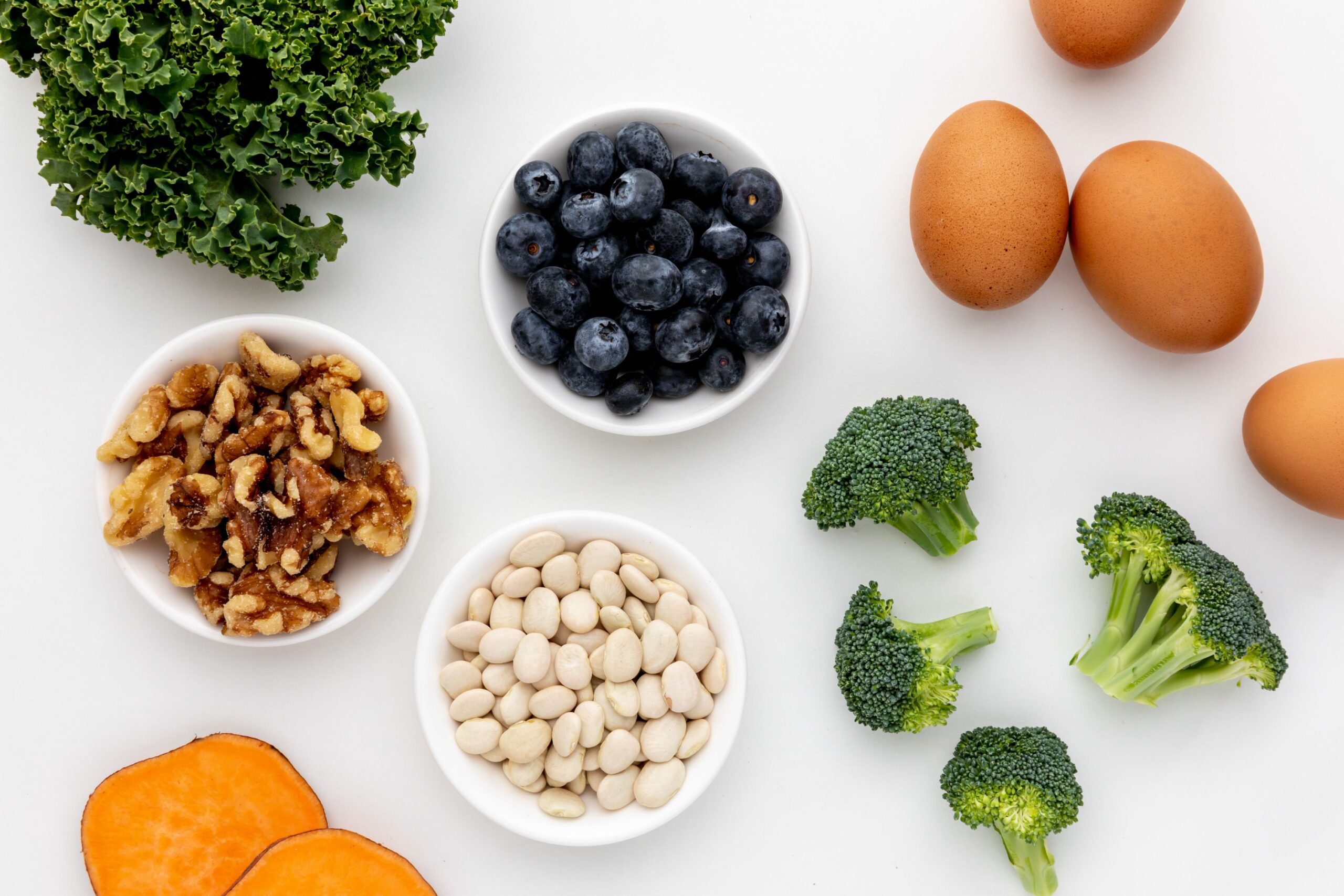What pain relief is right for you?
Pain has been a huge topic of discussion for a long time. Nearly everyone feels it, and it varies in character and severity dep...
read more
What’s Your Why?
read more
Strengthen Your Core
What is your core?
Your core is a group of muscles that sit in your torso. They stabilise and control the pelvis and spine. When most people think of their core, they picture a chiselled six?pack. In reality, the core goes much ... read moreThe Effect of Stress on your Immune System
read more
Take A Deep Breath
Breathing is one of the most basic and fundamental functions of the human body, yet many of us don’t do it well. We often ignore our breathing until it becomes uncomfortable or abnormal. What we don’t always realise is how important our breath is for ...
read moreHave a Break, Lift Some Weights
read more
Why Your Feet Deserve Archies: The Everyday Upgrade You Didn
There’s something satisfying about slipping on your favourite pair of thongs and heading out for the day. Maybe it’s a stro...
read more
Turn Up The Heat: How Heat Therapy Can Help with Pain Manage
Using a heat pack is an easy and effective way to provide temporary pain relief. Heat therapy is commonly recommended to musculoskeletal discomfort, as it help relax muscles, improve circulation, and ease muscle ... read more
The Perfect Bra for Your Recovery
When you’ve had an injury or are recovering from breast surgery, it’s common to experience limited movement and mobility. W...
read more
Psoas – Back pain and Breathing
Psoas is a strong and powerful muscle, yet often overlooked, and tt can be responsible for a host of ailments. The Psoas muscle originates from the T12 and Lumbar spinal segments, where it blends in with fibers of the diaphragm (your primary breathing ...
read more
Share this news article online